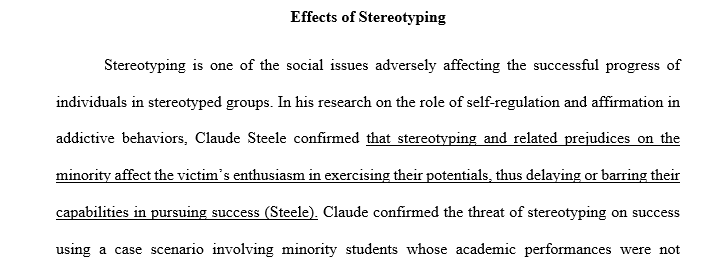Read and annotate Chapters 10 & 11 of Whistling Vivaldi. Make sure that you are using one of the Note-Taking Options while reading Chapters
Read and annotate Chapters 10 & 11 of Whistling Vivaldi
Make sure that you are using one of the Note-Taking Options while reading Chapters 10 & 11 of Whistling Vivaldi. So that I can chart your progress and give feedback on the annotations or notes you’re taking, please upload scans, pictures, or document files that illustrate your annotations or notes. I need to see three examples of annotations (from at least two different pages) or three entries in notes (from at least two different pages).
M08 Note-Taking Options for Reading Whistling Vivaldi Now that you have previewed Whistling Vivaldi and are getting started reading Chapter 1, I am suggesting that you try out one or more of the following options for taking notes while reading the book so that you will be able to more easily refer to passages in the text during class discussions and when it comes time to write Essay 3, as well as have recorded some of your thoughts while reading so that you have that resource to draw from. Option 1: Annotating This option involves using in-text marks such as underlining, highlighting, circling, numbering, and/or brackets to identify key points, important concepts, interesting ideas, and so on as well as marginal notes to paraphrase, label, comment on, or question what you set out with the in-text marks. Refer to the Annotation module in your RAD class and the Annotation page for our class. Option 2: Annotating with sticky notes for marginal notes (at least one per section) This option involves using in-text marks as indicated in Option 1, but sticky notes in place of marginal notes. This is usually a good option if you feel you need more room than the margins allow, either because of the size of your handwriting or the amount you wish to write. The sticky notes could also be used in combination with regular marginal notes and serve as spaces to reflect on or react to the information you have labeled or paraphrased. These reflections and reactions will be helpful when it comes time to write the essay. By using at least one sticky note per section, you monitor that you have understood each of the sections of the chapter and recorded your understanding or responses. Option 3: Annotating with sticky notes (at least one per chapter) Option 3 is almost identical to Option 2; the difference is that the sticky notes congregate on the first page of the chapter and serve as an overview. This option works for people whose handwriting is too big for the margins but whose notes are not too numerous. For these notes to be effective, you will need to include page numbers or section numbers so that you can match your notes up with the appropriate text. You will still be using in-text marks. Option 4: Double-entry journal This option is explained in detail in the Double-entry journal module of your RAD class, and there is a nice example that uses Whistling Vivaldi. To effectively use double-entry journals, you create two vertical columns either on paper or in a digital file. The left side is for recording the kind of information you would have underlined, highlighted, or circled, so it will include exact quotes or paraphrases of key points, important concepts, interesting ideas, or words you don’t know. You will need to include page numbers to easily find the source passages in the text later. The right side will serve the purpose of the marginal notes or sticky notes and include paraphrases, comments, questions, connections, reflections, and reactions. This is a good option if you cannot write in your book or have more ideas for the right side than will fit on sticky notes.
Read and annotate Chapters 10 & 11 of Whistling Vivaldi. Make sure that you are using one of the Note-Taking Options while reading Chapters

MLA
448 Words